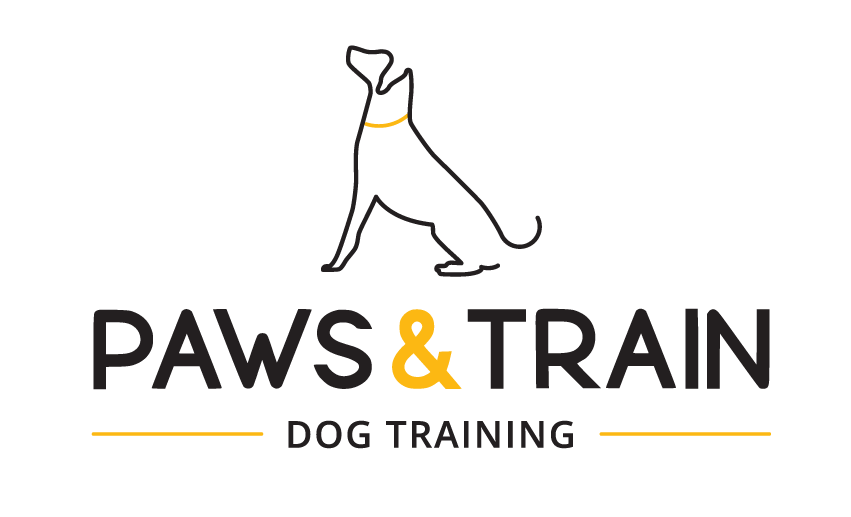Puppy Training Essentials: Your Ultimate Guide
Welcoming a new puppy into your home is an exciting and joyous experience. Along with the cuddles and playful moments, it's essential to lay the foundation for a well-behaved and happy dog through effective training. Here’s your ultimate guide to puppy training essentials to help you and your furry friend embark on this rewarding journey together.
1. The First 24 Hours: Setting the Stage
The first day with your new puppy is crucial for establishing a positive and structured environment. Here are some key steps to take:
Create a Safe Space: Set up a designated area for your puppy, such as a crate or a playpen, where they can feel secure. Include a comfortable bed, toys, and a water bowl.
Introduce a Routine: Begin establishing a consistent routine for feeding, bathroom breaks, and playtime. Puppies thrive on routine, and it helps them understand what to expect.
Gentle Introductions: Allow your puppy to explore their new home at their own pace. Introduce them to family members gradually and keep the environment calm to avoid overwhelming them.
2. House Training: Potty Success
House training is one of the first challenges new puppy owners face. Here’s how to get started:
Frequent Bathroom Breaks: Take your puppy outside frequently, especially after eating, drinking, playing, and waking up. Consistency is key.
Choose a Spot: Designate a specific spot in your yard for bathroom breaks. The familiar scent will encourage your puppy to go there.
Positive Reinforcement: Praise and reward your puppy immediately after they go potty outside. Use treats, praise, or playtime to reinforce good behavior.
Supervise and Confine: Keep a close eye on your puppy indoors and use a crate or playpen to prevent accidents when you can't supervise. If an accident happens, clean it up thoroughly to remove any scent.
3. Crate Training: A Safe Haven
Crate training provides your puppy with a safe and comfortable space to call their own. It also aids in house training and prevents destructive behaviour.
Introduce the Crate: Make the crate inviting with soft bedding and toys. Allow your puppy to explore it on their own and use treats to create positive associations.
Short Sessions: Start with short periods in the crate while you are nearby. Gradually increase the time as your puppy becomes more comfortable.
Consistency: Use the crate for naps and overnight sleep to help your puppy get used to it. Never use the crate as a punishment.
4. Basic Commands: Building Obedience
Teaching basic commands lays the groundwork for good behaviour and communication between you and your puppy.
Sit: Hold a treat close to your puppy's nose and slowly move it over their head. As they follow the treat with their eyes, their bottom will naturally lower to the ground. Once they sit, say "Sit" and reward them.
Stay: With your puppy sitting, hold your hand up and say "Stay." Take a step back and then return to reward them if they stay in place. Gradually increase the distance and duration.
Come: Use a cheerful tone and say "Come" while crouching down. Reward your puppy with treats and praise when they come to you.
Leave It: Hold a treat in your closed hand and let your puppy sniff it. When they stop trying to get it, say "Leave it" and give them a different treat with your other hand.
5. Socialisation: Happy and Confident
Proper socialisation helps your puppy grow into a well-adjusted and confident adult dog.
Exposure to New Experiences: Introduce your puppy to different environments, people, objects and other animals. Ensure these experiences are positive and not overwhelming.
Puppy Training: Enroll in our Pawfect Puppy Program where I will guide through a safe socialisation process.
Handling Exercises: Regularly handle your puppy’s paws, ears, and mouth to get them used to being touched. This makes future grooming and vet visits less stressful.
6. Addressing Common Challenges
Puppies come with their own set of challenges. Here’s how to tackle some common issues:
Chewing: Provide plenty of chew toys to satisfy your puppy’s teething needs. Redirect them to appropriate items if they start chewing on furniture or other objects.
Biting: Encourage play using a toy instead of using your hands. When your puppy starts to bite, offer them a chew toy instead. This will teach them what is appropriate to chew on.
Jumping: Ignore your puppy when they jump up and only give attention when they have all four paws on the ground. Consistent training will discourage this behaviour.
7. Training Tools and Resources
Having the right tools can make training more effective:
Leash and Collar: Use a comfortable collar and a sturdy leash for training walks.
Training Treats: Keep small, tasty treats on hand to reward good behaviour.
Positive Reinforcement Training: Positive reinforcement motivates puppies to learn by rewarding desired behaviours. This makes the training process fun and engaging for them, leading to faster and more effective learning. It also builds trust and a strong bond between you and your furry friend.
Conclusion
Training your puppy requires patience, consistency, and a lot of love. By setting the right foundation from the start, you’ll raise a well-behaved and happy dog that will be a joy to have as part of your family. Remember, every puppy is unique, and the key to successful training is to make it a positive and rewarding experience for both you and your furry friend. Enjoy the journey and cherish the moments of growth and bonding with your new puppy!

